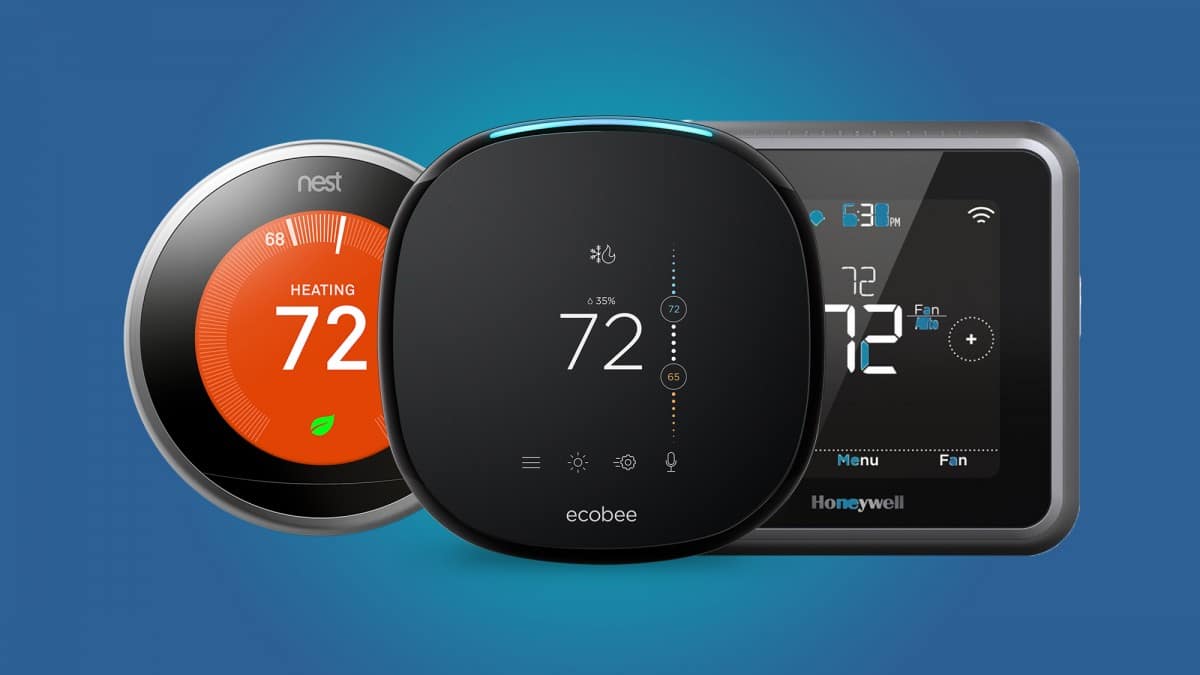A thermostat connected to the Internet and Wi-Fi can save you money. Having a computer network installed at home or in a company allows you to do much more than just surf the Web.
Page Contents:
The smart thermostats (also known as Internet thermostats), for example, can save you money and help the environment by allowing you to remotely control the heating and cooling of the building or even to automatically respond to changes in the environment.
What is a smart thermostat?
A thermostat is simply a small device that contains sensors and is used to regulate the temperature. You probably have one that controls the heating or air conditioning system in your home or office.
The thermostats are also installed on motorized vehicles and vending machines to protect the parts from overheating.
An intelligent thermostat is a programmable building thermostat that can connect to an IP (Internet Protocol) network. Through an IP connection, it is possible to remotely send instructions to an Internet thermostat to switch it on or off or change its programming.
These thermostats now often work with virtual assistants like Alexa or Siri that include voice control features.
Some smart thermostats also include artificial intelligence that allows the device to learn. So, for example, when you come home from work every day at the same time, you will learn to adjust the temperature in advance in anticipation of your return. This is the smart part of the smart thermostat.
How smart thermostats work
Internet-controlled thermostats are a type of home automation device. The home automation systems increase the efficiency of the management of various electronic components for the home.
For example, the use of a home automation system allows you to configure the lights in a room and turn on automatically whenever a person enters, or set the home oven and coffee machine to work at certain times of the day based on the meal plan.
Smart thermostats that connect to virtual assistants and support a network connection add another level of practicality and flexibility in addition to basic thermostat programming.
Instead of having to be physically present on the keyboard, it is possible to interface to the thermostat using a Web browser to override the default thermostat programs as needed.
These devices contain an embedded Web server that can be configured with a public IP address that allows it to be reached from remote locations.
Once installed, the thermostat is controlled via the manufacturer’s app for Android or iOS devices. There are many apps related to home automation.
Smart thermostats vs. programmable thermostats
Simple programmable thermostats offer advantages similar to those of other types of home automation devices but, as they are generally not connected to the Internet or Wi-Fi, they do not work with virtual assistants.
Depending on the time of day, for example, it is possible to preset these devices to maintain certain temperatures when you are at home or in a room and other (more extreme) temperatures when they are not occupied to save energy.
Most modern thermostats support this level of programming via a keypad on the front of the unit without having to interface with the network.
Reasons to Use a smart thermostat
Apart from the obvious advantages of programming a thermostat to save energy and money, the situations in which a smart thermostat is the most useful include:
- Close the air conditioning system of a building if you forgot to do it before leaving.
- Tell the thermostat to postpone cooling (or heating) of the house because you have to work late.
- Monitoring of the temperature of a building in case the air conditioner fails or another occupant/family member changes the programming.
- Adjust the programming from your computer as “remote control” rather than switching to the device in another room.
Smart thermostats are fairly easy to install. If you do it yourself, be sure to turn off the power and follow standard safety procedures.

